Iceland is renowned as the “Land of Elves” as well as the “Land of Fire and Ice.” It’s a land where smoking volcanic volcanoes coexist with bright blue glaciers. Horses and lambs roam the landscape, colourful puffins congregate to the cliffs, and whales breach the turbulent Atlantic seas that encircle this little island. Here is our detailed guide about the Iceland Travel Restrictions From the United States.
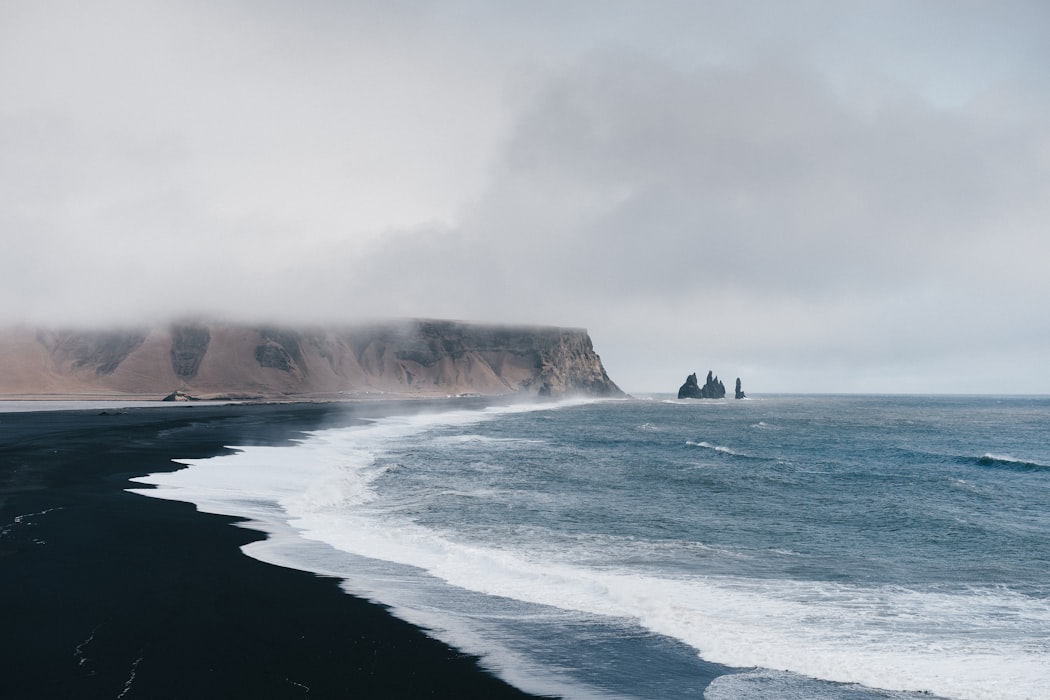
Quick Navigation
Overview of Iceland Travel Restrictions From the United States
Entry Requirements into Iceland From the United States
Exit Requirements back to the United States
Best time to visit Iceland
Things to do in Iceland
Overview of Iceland Travel Restrictions From the United States
The Icelandic government declared on March 17, 2021, that all persons who have been properly vaccinated against COVID-19 would be permitted to come to Iceland without being subject to border formalities such as quarantine. It will apply to anyone who can provide proof of a full vaccination with a vaccine certified for use by the European Medical Agency, as well as requirements defined by Iceland’s Chief Epidemiologist and Icelandic regulations. The regulation exempting vaccinated non-Schengen passengers from travel restrictions will take effect on April 6th.
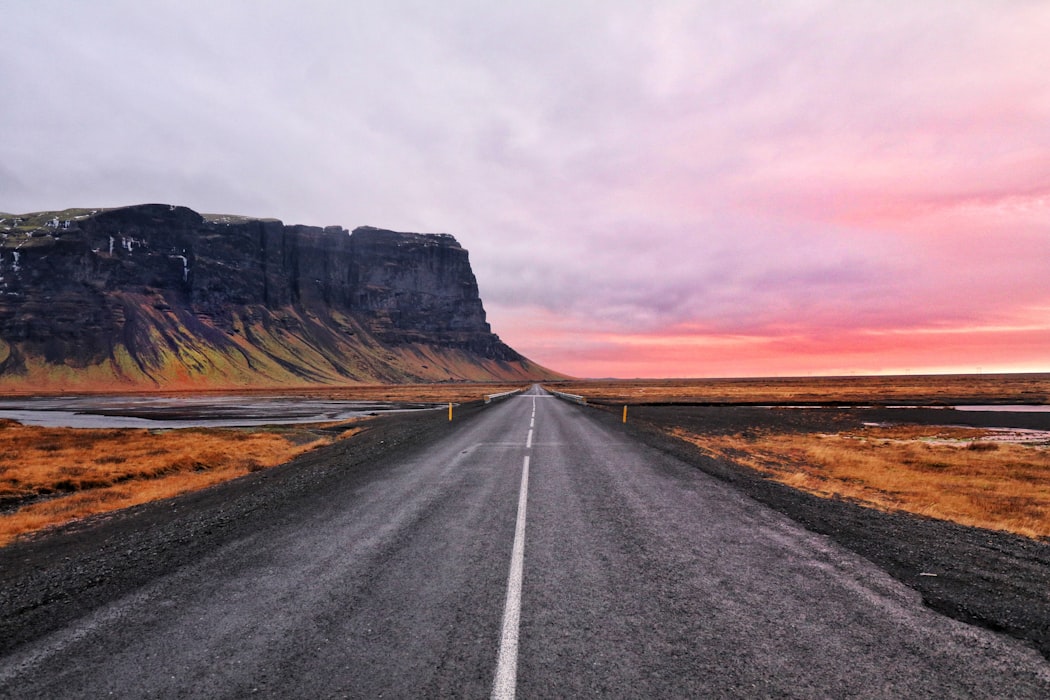
According to Arnarsdottir, the United States has been Iceland’s greatest source market for many years, with slightly under 700,000 American visitors visiting the country in 2018, staying an average of six nights. Icelandic health officials have imposed limitations on local businesses, excursions, and the number of people that may congregate. Keep your distance from others, wear your mask when you can, and wash your hands often are all important strategies to keep yourself safe during this time.
Entry Requirements into Iceland
Iceland offers a free visa on arrival for U.S. nationals. After landing in Iceland, all incoming travellers are required to undertake one COVID-19 detection test. They are quarantined in the resort until the findings are returned. The initial test costs around $85 per person and takes place at the Airport. Children born in 2005 or after who travel alone are required to take a test. The results of the tests are sent via text message or via the tracking app Rakning C-19.
Exit Requirements back to the United States
Beginning January 26, all airline passengers two years of age and older travelling to the United States must present a negative COVID-19 viral test obtained within three calendar days of flight.
Best time to visit Iceland
The summer months of July and August are the hottest in Iceland and have traditionally been the most popular. And, with 24 hours of daylight, June attracts nearly as many tourists as the height of summer. However, inclement weather is not unusual even throughout this season. Because of the island’s volatile environment, you may easily experience all four seasons in one day.
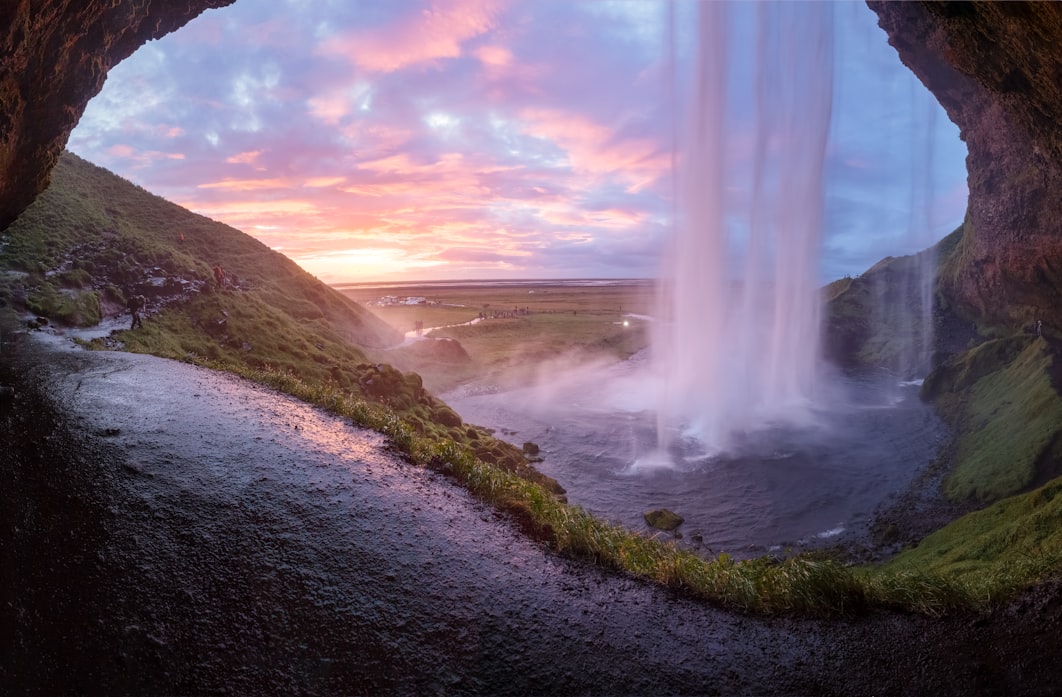
Because Iceland may be quite mild until the first week of October, a visit in September might be great. May, too, offers plenty of daylight for touring as well as milder temperatures. However, if you want to explore some of the more distant hills and fjords, now may not be the greatest time to go. Some routes remain blocked until they thaw from the winter’s snowy cover. Summer is the finest season to visit Iceland for serious hikers since all of the mountain roads are open and all of the most famous routes are accessible.
There is no poor time to visit Iceland because of the country’s plethora of magnificent landscapes and seasonal natural occurrences. Those looking for the Northern Lights travel to the nation during the darker winter months. Those looking for the midnight sun and extended hours of sunshine choose to visit during the summer. Travellers visiting Iceland in the spring and fall might enjoy more mild weather and daylight. So the ideal time to visit Iceland actually depends on what you want to see and do during your trip. However, if you want to avoid the crowds, the hottest months of the year are by far the worst time to come. The months of July and August have the greatest number of visitors.
Things to do in Iceland
1. Golden Circle
The Golden Circle is Iceland’s most popular tourist circuit, and it includes three major attractions: Ingvellir National Park, Haukadalur Geothermal Valley, and the magnificent Gullfoss Waterfall. Driving the Golden Circle takes only a couple of hours. Many people opt to start the journey in the morning and then spend the rest of the day doing other things. Others, on the other hand, extend the journey over an entire day, even including a snorkelling or snowmobile excursion for added excitement. The scenic splendour of Ingvellir National Park is significant to Icelanders for a variety of reasons. It is also where, in 930 AD, Medieval Icelanders created the world’s first democratically elected parliament. The North American and Eurasian tectonic plates may be seen erupting from the ground at Ingvellir.
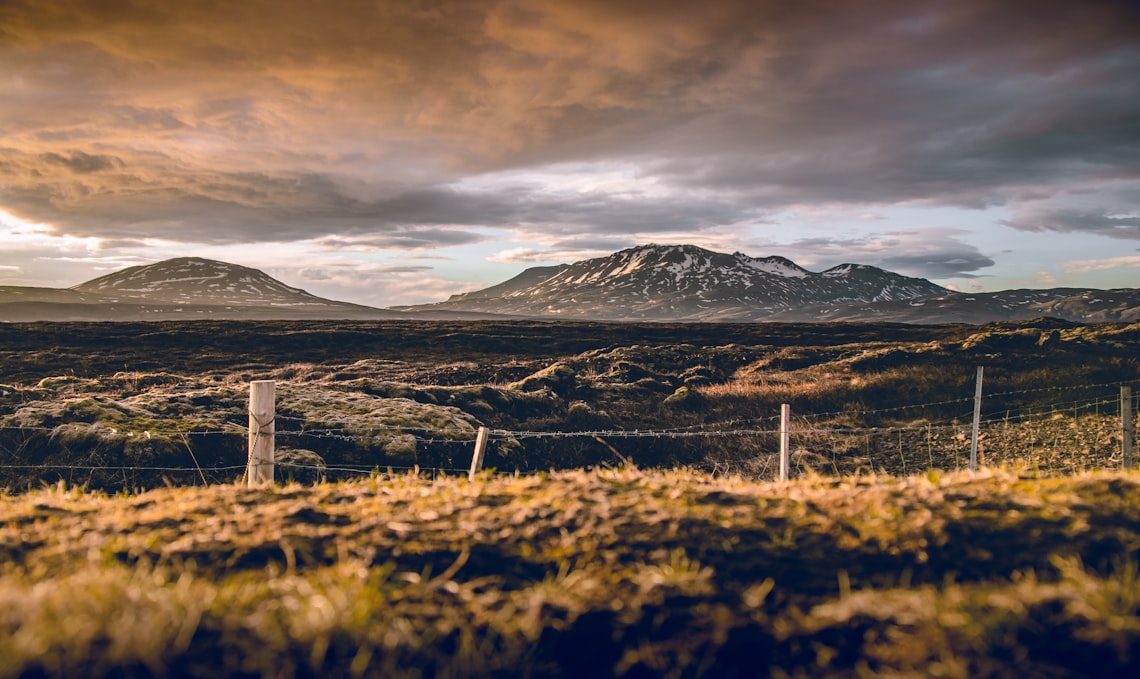
2. Northern Lights
The Northern Lights, often known as the aurora borealis, are one of Iceland’s most popular attractions. This natural light display happens exclusively in the winter and at the highest heights on the planet. This amazing phenomena, which dances in ribbon-like waves of purple, green, and gold, must be seen at least once in a lifetime. The Northern Lights are notoriously elusive, having disappointed hundreds of visitors with their sporadic appearances. The conditions must be ideal, with little to no cloud cover, no flaring activity in the magnetosphere, and no light pollution.
3. Whale Watching
Over twenty cetacean species live in Icelandic coastal waters, ranging from tiny harbour porpoises to blue whales. The most common species seen are minke whales and humpback whales. There is always the chance to encounter rarer creatures like killer whales and fin whales. Guests on whale-watching excursions in Iceland will also see a variety of seabirds, including skuas, Arctic terns, guillemots, and even the colourfully billed puffin. Whale watching trips leave from three major hubs: Reykjavik, Akureyri, and Husavik. Because of the abundance of animal traffic that flows through its fjords, Husavk is known as Iceland’s whale watching capital.
Plan your trip with Pickyourtrail.
Pickyourtrail, a reputable travel operator, can assist you in planning your trip to Iceland. Discover Iceland tour packages or create your own with the help of professional Iceland tour guides. For additional information, go to pickyourtrail.com.
checkout other things to know about iceland
Best Time to Travel to Iceland | 19 Reasons to Pack Your Bags to Iceland Now | 10 Reasons to Visit Iceland | 5 Iceland Wellness Activities | 10 Best Walking Tours in Iceland | 10 Best Festivals in Iceland | Iceland Visa for Indians | Iceland During Winter | The Beginner’s Travel Guide to Explore Iceland in 7 Days | Survival Guide to Iceland | Iceland to Welcome Tourists Starting June 15
Related Itineraries
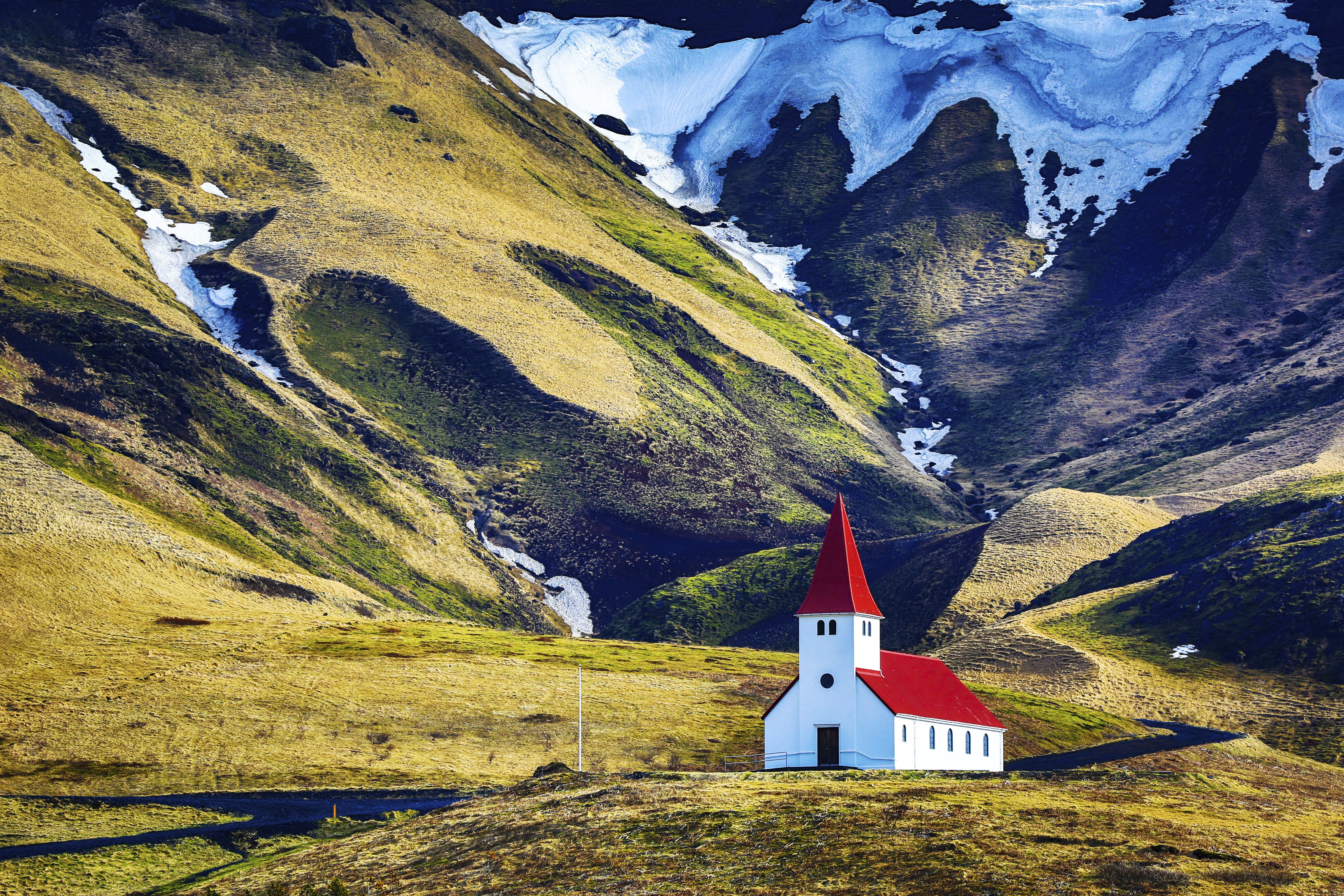
Icelandic Dream: 6 Nights of Enchantment - Tour Packages
- Flights excluded
- 3.5 star accommodations
- 5 activities
- Transfers excluded
₹ 95,406
Starting price/person

Enchanting Iceland: 5 Nights of Exquisite Vacation Packages from India
- Flights excluded
- 4 star accommodations
- 3 activities
- Transfers excluded
₹ 67,134
Starting price/person
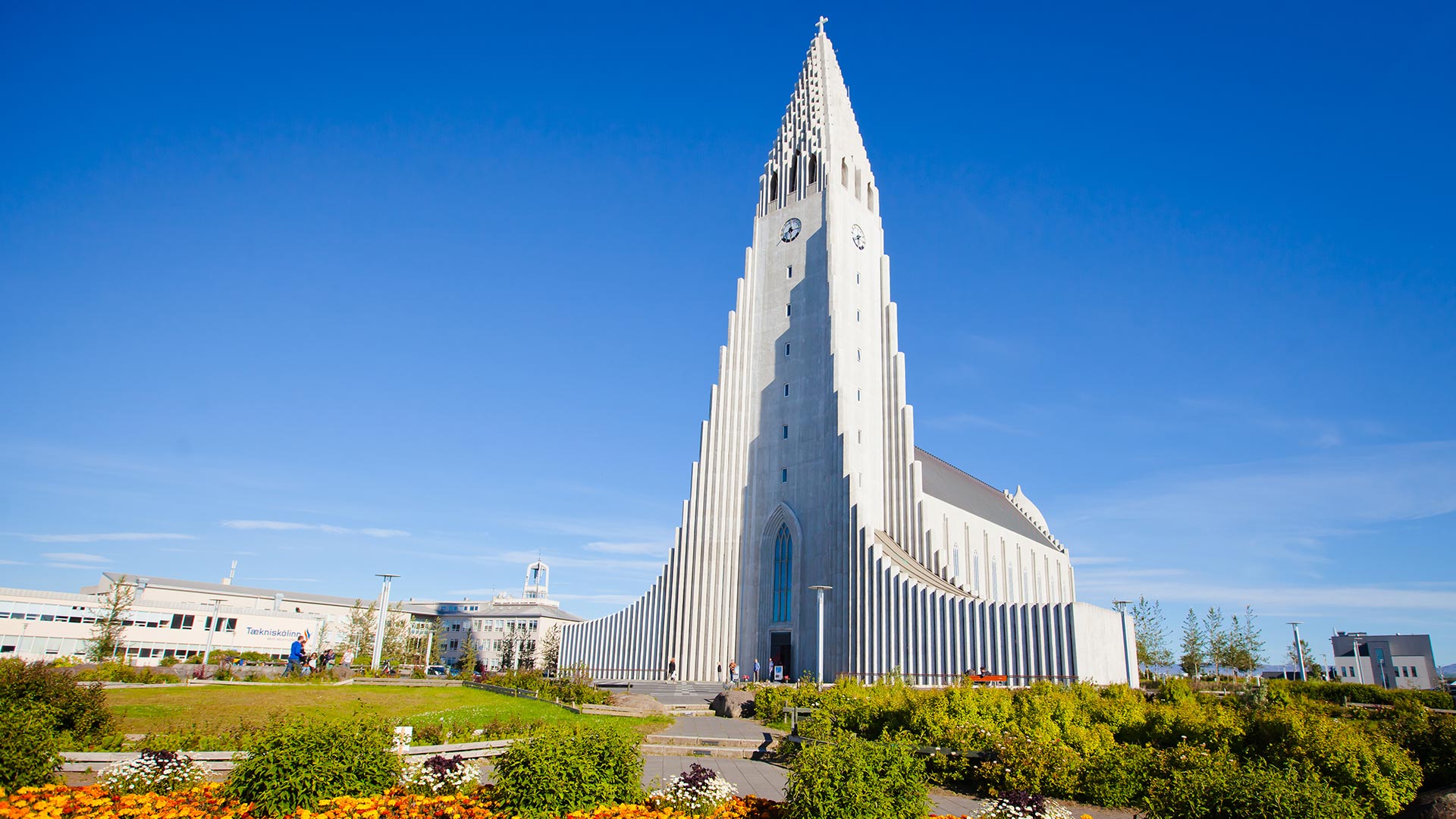
Blissful Iceland: 8 Nights of Jubilant Package Holidays
- Flights excluded
- 4 star accommodations
- 2 activities
- Transfers excluded
₹ 1,09,451
Starting price/person
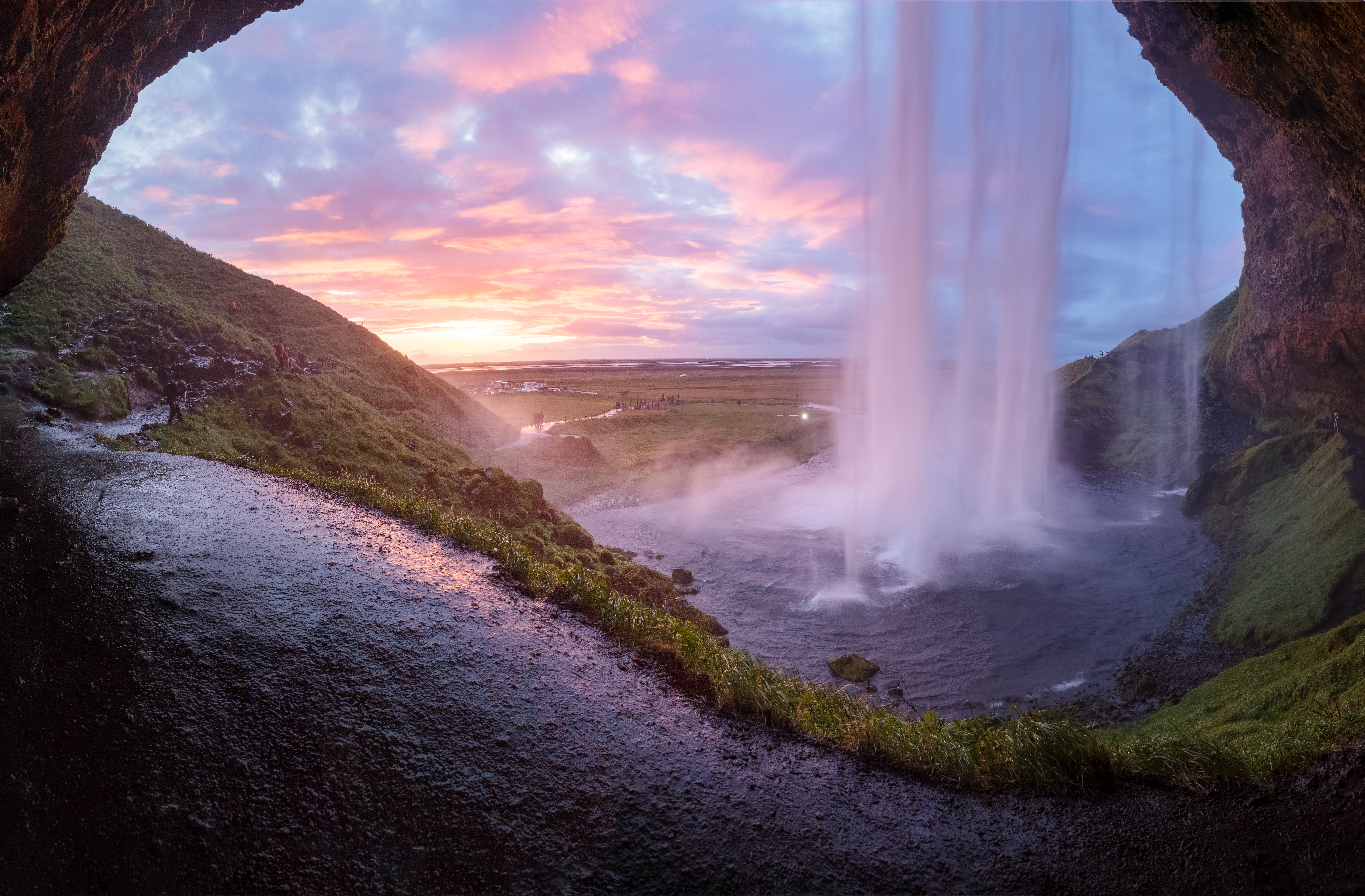
Splendid 8 Nights Iceland and Norway Vacation Packages
- Flights excluded
- 4 star accommodations
- 5 activities
- Shared transfer
₹ 2,33,759
Starting price/person
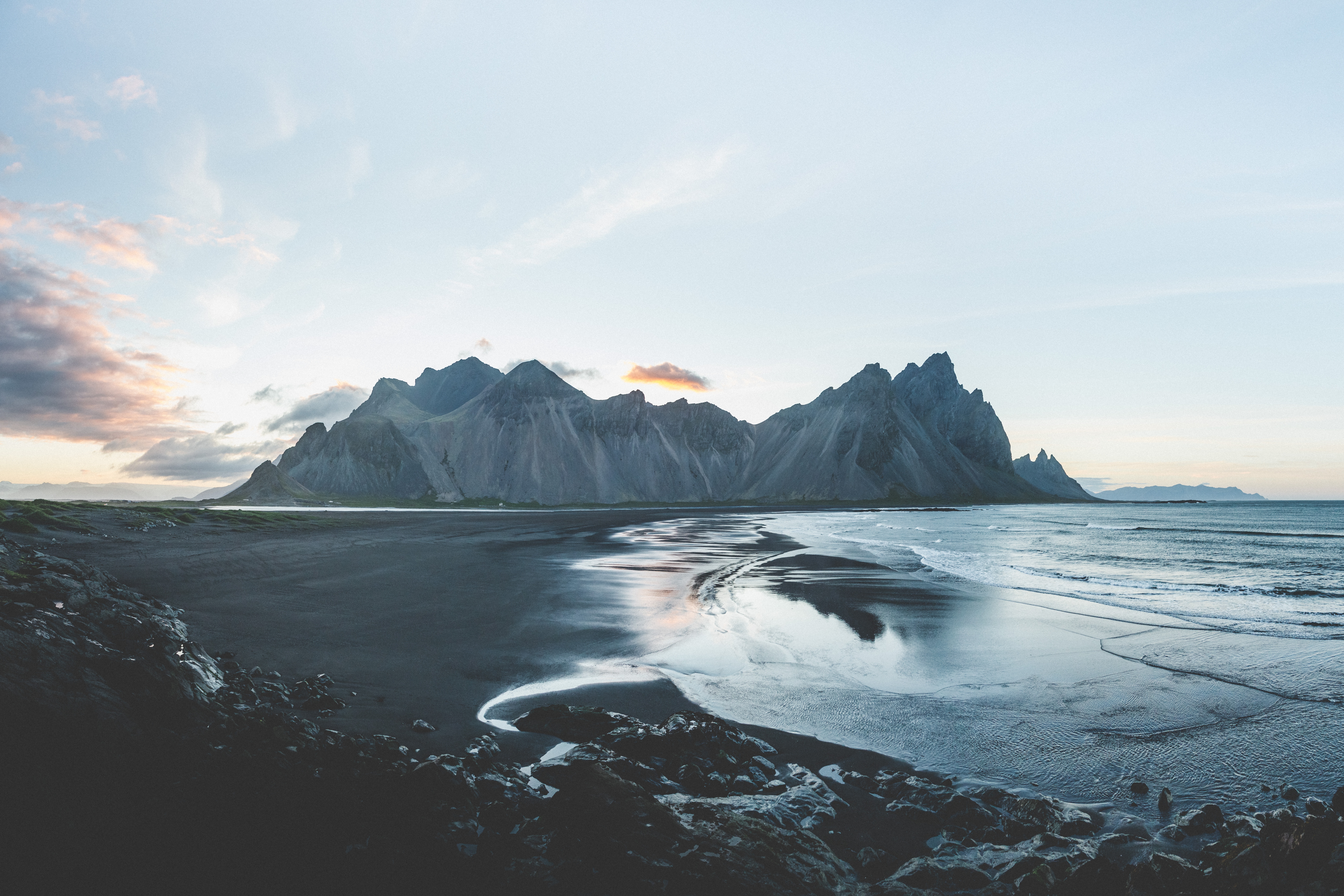
Fantabulous 4 Nights Iceland Holiday Package from India
- Flights excluded
- 3 star accommodations
- 3 activities
- Transfers excluded
₹ 35,355
Starting price/person

Enchanting 5 Nights Iceland Tour Packages with Airfare
- Flights excluded
- 3 star accommodations
- 5 activities
- Transfers excluded
₹ 66,847
Starting price/person

Serene 7 Nights Blue Lagoon Iceland Retreat Packages
- Flights excluded
- 4 star accommodations
- 2 activities
- Transfers excluded
₹ 2,05,808
Starting price/person

Enchanting 5 Nights Reykjavik Iceland Package Holidays
- Flights excluded
- 3 star accommodations
- 5 activities
- Transfers excluded
₹ 1,13,728
Starting price/person
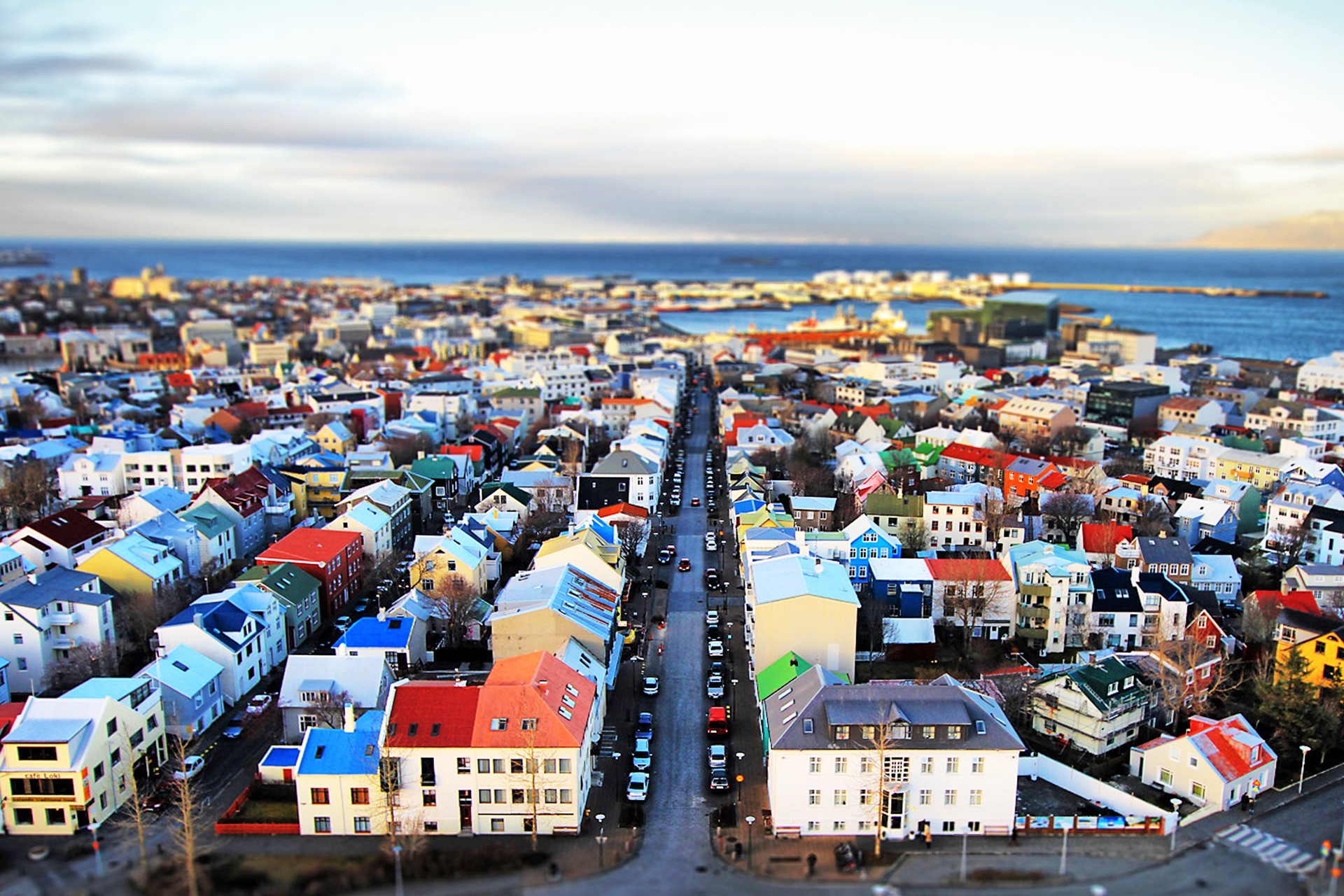
Serene 8 Nights Iceland Trip Packages
- Flights excluded
- 4 star accommodations
- 1 activities
- Transfers excluded
₹ 2,19,464
Starting price/person

Majestic Norway and Iceland 7 Nights Tour Packages from India
- Flights excluded
- 4 star accommodations
- 4 activities
- Shared transfer
₹ 1,79,372
Starting price/person



